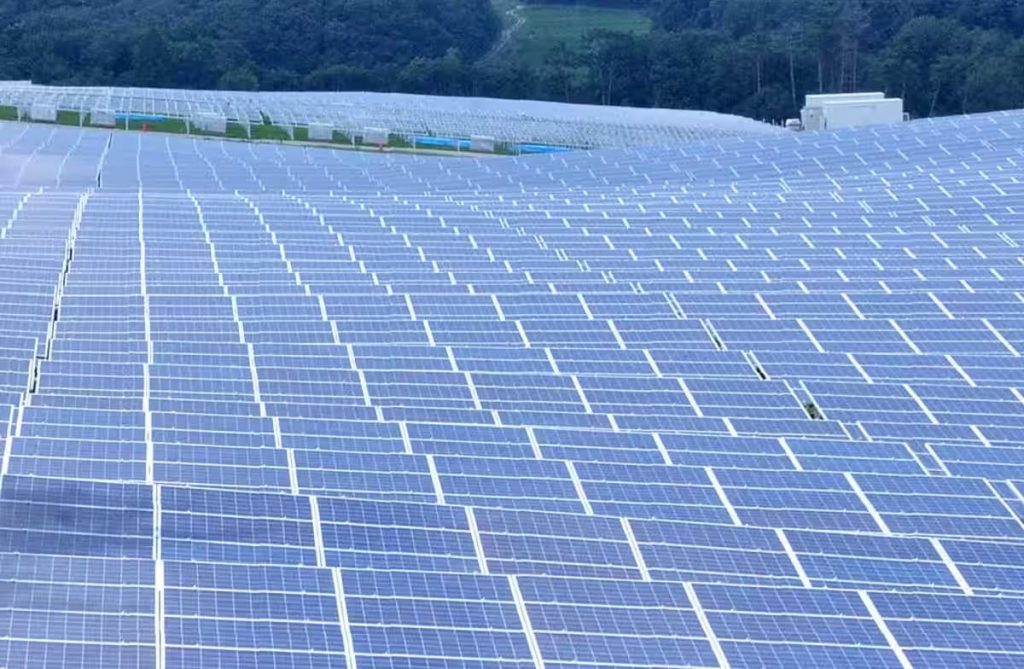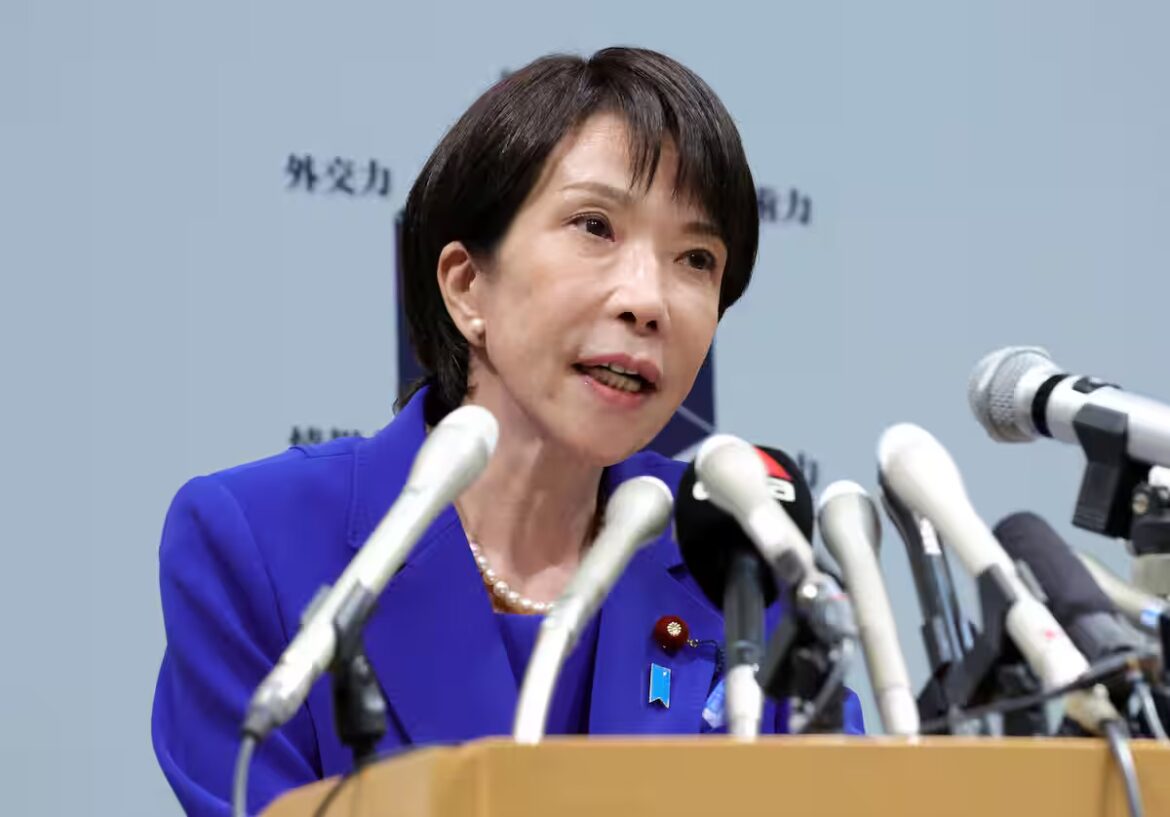Under the new Takaichi Cabinet, Japan is set to tighten regulations on large-scale solar power plants, also known as “mega solar” projects. Solar facilities have been expanding rapidly across the country, prompting local governments to step up restrictions to protect landscapes and prevent disasters.
However, national legislation lags, often with inconsistent efforts that leave much development unchecked.
The Takaichi administration faces the challenge of promoting renewable energy while ensuring its safe development, in harmony with other power sources.
Takaichi Speaks Out on Mega Solar
“We strongly oppose covering our beautiful country with foreign-made solar panels,” Takaichi said during a September 19 press conference, where she formally announced her candidacy for the presidency of the Liberal Democratic Party. On September 22, she called for a review of subsidy programs for solar and other renewable energy projects.
When forming the new government, the LDP and Nippon Ishin no Kai (Japan Innovation Party) signed a coalition agreement on September 20 pledging to “promote renewable energy development where Japan has an advantage.” They explicitly highlighted geothermal power. Newly appointed Environment Minister Hirotaka Ishihara added, “We must regulate ‘bad solar power’ that causes environmental damage and landslides.”
Takaichi has also appointed Shigeharu Aoyama, who has voiced concerns over issues such as solar panel disposal, as Vice Minister of the Environment. This signals a stronger commitment to regulating mega solar projects.
 Construction site of a large-scale solar power (mega solar) project in Nara Prefecture.
Construction site of a large-scale solar power (mega solar) project in Nara Prefecture.
Local Regulations
Solar power generation has surged since the introduction of the feed-in tariff (FIT) system in 2012, which requires power companies to buy renewable energy at fixed rates. Local governments have struggled to keep pace with this rapid growth.
In 2014, Yufu City in Oita Prefecture became one of the first municipalities to enact a regulatory ordinance, citing concerns that widespread man-made structures were disrupting natural landscapes. According to Research for Local Government Tokyo, the number of municipalities adopting similar regulations has risen sharply since 2016, reaching 323 by the end of June 2025.
 Protecting Nature in Kushiro
Protecting Nature in Kushiro
In Hokkaido, Kushiro City introduced a regulatory ordinance on October 1 to curb mega solar development around Kushiro Shitsugen National Park. The ordinance designates “special conservation areas” for species such as red-crowned cranes. It also requires developers to submit project plans for consultation with the mayor. While the city considered imposing fines, it instead decided to publicly disclose the names of violators, noting that minor fines would have little deterrent effect.
Wakayama Prefecture, which has favorable conditions for solar power, such as long hours of sunlight and low rainfall, enacted an ordinance in June 2018. It requires projects over 50 kilowatts to obtain gubernatorial approval, and developers must consult with local authorities and explain their plans to neighborhood associations.
Since then, 67 projects have been approved, 4 rejected, and 2 withdrawn. Although the ordinance allows for orders, recommendations, and public disclosure for unauthorized projects, no enforcement actions have been taken so far.
Calls for National Regulations
Municipalities that have not introduced ordinances are calling for stronger national regulations. Shibecha Town in Hokkaido, near the Kushiro Wetlands, said in September, “It is difficult for local governments to regulate developers operating under national law.” It requested that the Ministry of the Environment establish legislation to protect landscapes and rare species.
On September 24, the Japanese government launched an inter-ministerial council to consider stronger regulations for mega solar projects. At its first meeting, members reviewed cases, including those near the Kushiro Wetlands, where projects had posed challenges for local communities. The council agreed to explore stricter legal measures.
Takaichi has also expressed concern that excessive reliance on renewable energy could destabilize the electricity supply. She emphasized that solar power must be balanced with thermal and other energy sources.
 Challenges in Regulating Mega Solar
Challenges in Regulating Mega Solar
Professor Tsunehide Chino of Hosei University, who specializes in environmental and community sociology, says the Kushiro mega solar project highlights systemic issues that allow development next to national parks. However, he adds, “Blanket regulations are not always appropriate, especially in areas already developed for tourism.”
While more municipalities are introducing regulations, Chino urges careful consideration. In some cases, developers rush to neighboring towns when one municipality imposes restrictions. “Legal grounds for regulating only mega solar generation would not be enough. Conflicts with local communities can also occur with battery storage and other energy facilities,” he explained.
He also emphasizes the importance of building consensus among developers, local residents, and municipalities, and ensuring early-stage communication in project planning. “The national government should set clear rules for local development and establish concrete limits on the extent of domestic renewable energy development,” Chino said.
RELATED:
(Read the article in Japanese.)
Authors: Takahiro Sakamoto, Atsushi Oda, Yuji Nagayama, and Hiroto Kuwajima, The Sankei Shimbun
Continue Reading


AloJapan.com